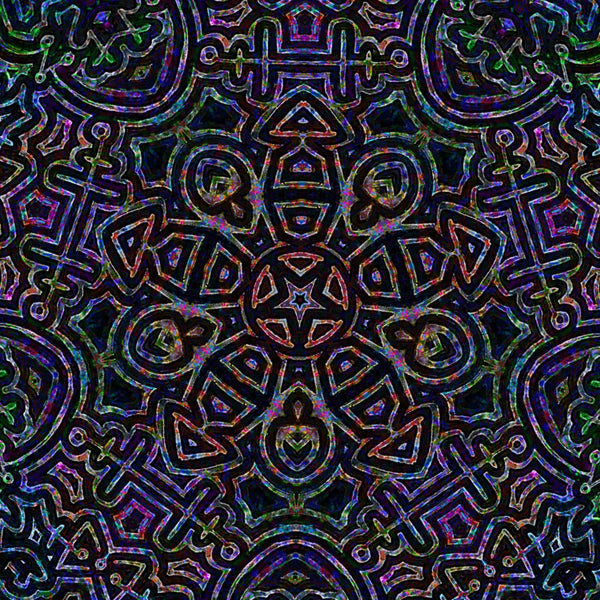
Storewide Sale!
Buy any 4 items and get 15% off your total order! For a limited time only.
We're Taking a Short Break
Due to new international tariff laws, we're updating our catalog to ship from the USA! Current orders will ship as usual with no expected delays. If you need anything, feel free to reach us at info@sacredsurreal.com.
Thanks for your support!
— The Sacred Surreal Team